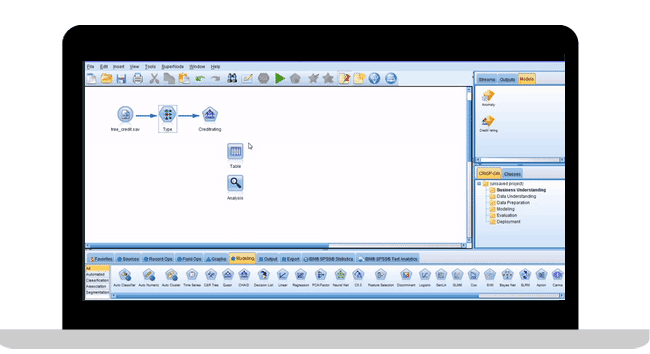The Right Platform, for the “New Normal”.
The world waits for things to return to normal, without realising having already entered the “new normal”.

The constant evolution of science & technology has a domino effect on several industry segments, primarily impacting the the analysis of data — that’s ever too often dependent of manual techniques. The health industry (hospitals, clinics & diagnostic labs in particular) generates vast amounts of data, and lacks appropriate resources to analyse such data in a manner that’s fast, simple & accurate.
Health Industry Challenges
- Quick-moving industry dynamics
- 2 million medical journals every year
- Large data sets
- Labour-intensive analysis is time-consuming
- Inability to assess multiple risk factors
With ~25,000 daily covid cases taking India’s total tally to +7 lakh & already having resulted in +24,000 casualties – the solution the world needs, might just need the right platform to uncover hidden insight.
There is a strong need for decision support systems to help medical diagnosis, through supervised classification concepts and algorithms.
IBM SPSS Modeler
IBM SPSS excels in pattern recognition and statistical analysis algorithms that can be applied in any area or segment that require extraction of relevant information from large data sets — especially if you’re looking to implement a DSS (decision support system) to help medical diagnosis through supervised classification concepts & algorithms.
SPSS Out-of-the-box Modeling Techniques & Algorithms
- Classification (random trees, neural networks, regression etc.)
- Segmentation (automatic clustering, anomaly detection etc. )
- Association (Apriori, CARMA etc.)
- Time-series & Forecasting
- R & Python Extensions
- Monte Carlo Simulation
- … and many more

Key Benefits of IBM SPSS
- Leverage data sets — both structured & unstructured
- Build ML models to quickly analyse thousands of patient records
- Identify factors associated with higher mortality
- Use open-source libraries (e.g.: XGBoost) and Python programming
- Develop a scalable model using machine-learning algorithms
